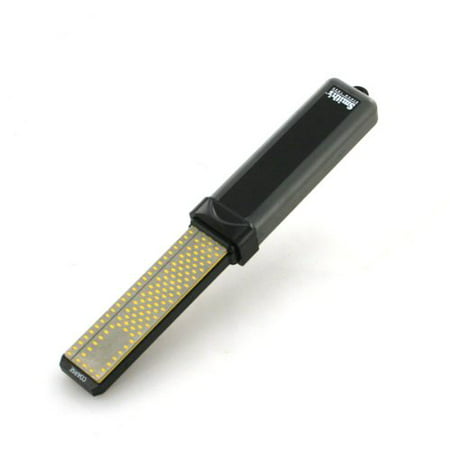- Joined
- Jan 15, 2007
- Messages
- 554
I prefer whetstones and I try to keep my medium stone relatively wet--meaning I wet it occasionally. I may or may not add water to it when touching up a bit or blade.
I realize we all may have elongated and more technical processes but what could you recommend for simple-straight forward-good enough-for the average user and typical task?
Keeping the process simple ... after initial profiling with my Sandvik files ... some favorite stones for honing my axes are:
Norton 8793 Sharpening stone--for roughin and quick touchups
Dan's Whetstone Company's Arkansas fine pocket stones for the final edge
In both cases the stones are used in a circular motion on the edge the way you would use a puck stone.
If you have or were to recommend a simple straight forward process what is it? Water or oil stones, and which particular stones would you recommend, and how would you use them?
I realize we all may have elongated and more technical processes but what could you recommend for simple-straight forward-good enough-for the average user and typical task?
Keeping the process simple ... after initial profiling with my Sandvik files ... some favorite stones for honing my axes are:
Norton 8793 Sharpening stone--for roughin and quick touchups
Dan's Whetstone Company's Arkansas fine pocket stones for the final edge
In both cases the stones are used in a circular motion on the edge the way you would use a puck stone.
If you have or were to recommend a simple straight forward process what is it? Water or oil stones, and which particular stones would you recommend, and how would you use them?
Last edited:



